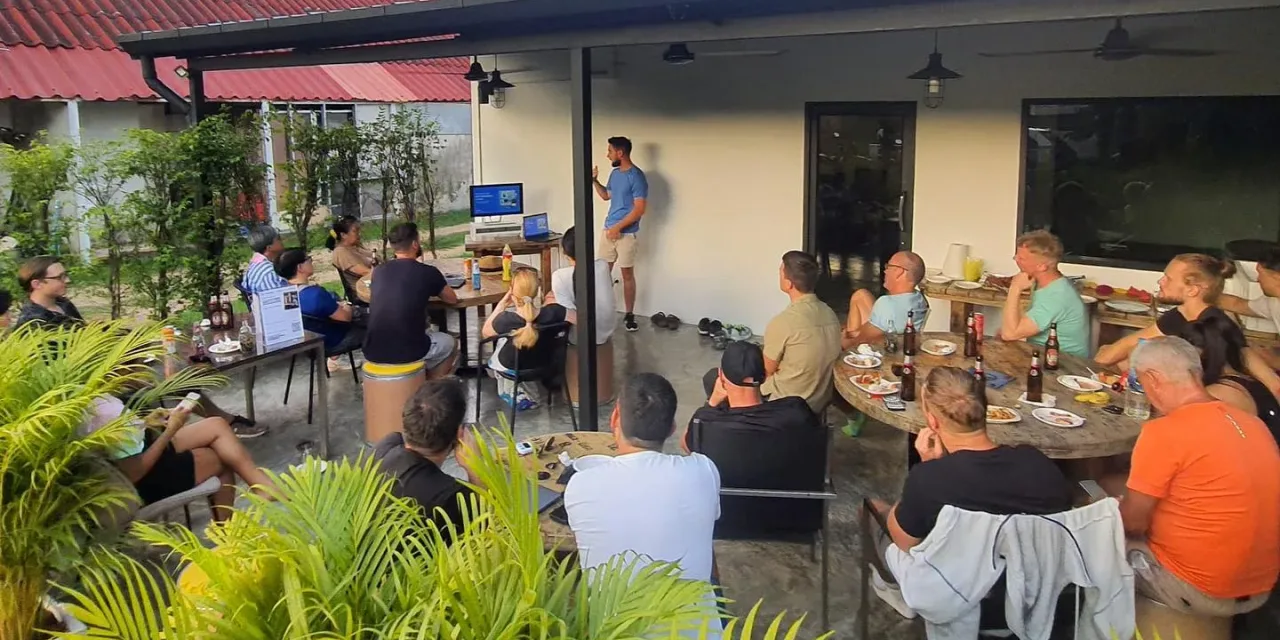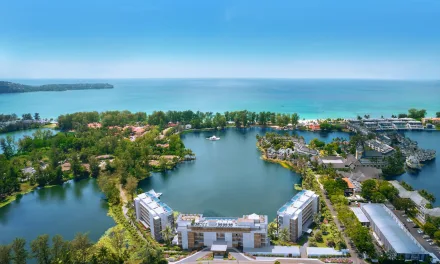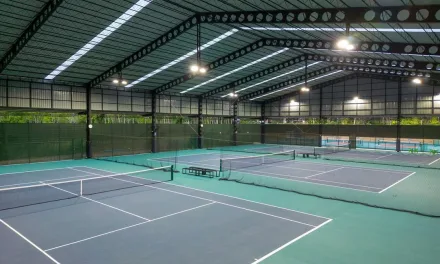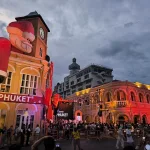Feeling burnt out from border-hopping? The Digital Nomad’s Guide to Staying Put explores what happens when remote workers ditch constant travel and choose depth over distance. From building local routines to finding community and handling long-term visas, this guide helps nomads create a grounded, intentional lifestyle — without giving up freedom.
Table of Contents
Ever felt secretly tired of moving every month?
You’re not the only one.
The Digital Nomad’s Guide to Staying Put is for every remote worker who’s lived out of a suitcase too long and just wants to breathe.
Why Staying Put Feels Like a Big Deal (but Doesn’t Have to Be)
If you’ve been following folks like Nomadic Matt, Kristin Wilson, or scrolling through Nomad List, you’ve probably seen the same vibe: more, faster, further.
But here’s a not-so-secret reality — digital nomad burnout is real.
Jumping from Lisbon to Medellín, booking last-minute flights, juggling visas, and dealing with dodgy Wi-Fi?
Exhausting.
The idea of slow travel or becoming a “slowmad” (yes, it’s a thing) has become popular for a reason.
It’s about quality over quantity.
And honestly, staying in one place doesn’t mean you’ve “given up” the dream.
Is It Still “Nomadic” If You’re Not Moving?
Yep.
Remote work was never about constant travel.
It’s about flexibility.
The freedom to choose your pace.
Staying put for six months in Phuket, setting up camp in Chiang Mai, or building community in Bali — still counts.
The key is being intentional with your choices.
When you hit pause on the constant motion, you gain clarity.
And often, you find better work-life balance, mental clarity, and actual joy in the daily.
Where to Stay Still Without Going Stale
Some places are built for the long-term remote lifestyle.
You’re looking for stable infrastructure, co-working spaces, great food, and a local scene that won’t bore you in two weeks.
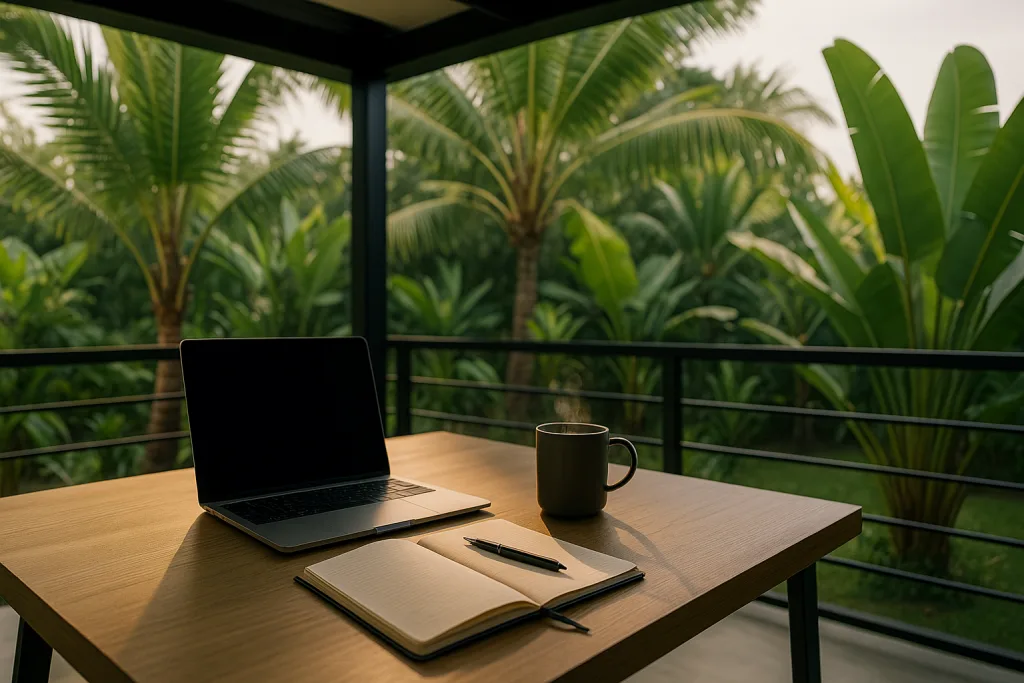
Here are a few slowmad favourites:
- Rawai, Phuket – Small town feel, big community energy. Great cafés for working (like these ones)
- Lisbon, Portugal – Visa-friendly, creative scene, endless pasteis de nata
- Mexico City – Culture, internet speed, and tacos that ruin all other tacos
- Canggu, Bali – Surf in the morning, Slack calls by lunch
- Medellín, Colombia – Spring weather, affordable lifestyle, good co-working spots
These cities also offer easy access to digital nomad visas, affordable living, and community events to keep your social side alive.
Routines Are Not the Enemy
One of the weirdest things to adjust to is routine.
For a lot of digital nomads, structure feels like a trap.
But here’s the plot twist — it’s often the thing that unlocks creative freedom.
Start with simple habits:
- Morning walks or swims (Phuket’s Nai Harn Beach makes this a no-brainer)
- Fixed work blocks using tools like Notion or Toggl
- Weekly yoga at local studios
- Sunday markets or local events to mix with locals
Structure gives your brain space to stop making decisions constantly.
It’s not rigid — it’s liberating.
Community Without a Backpack
Let’s be honest: some of us are tired of meeting people only to say goodbye two weeks later.
That surface-level small talk gets old.
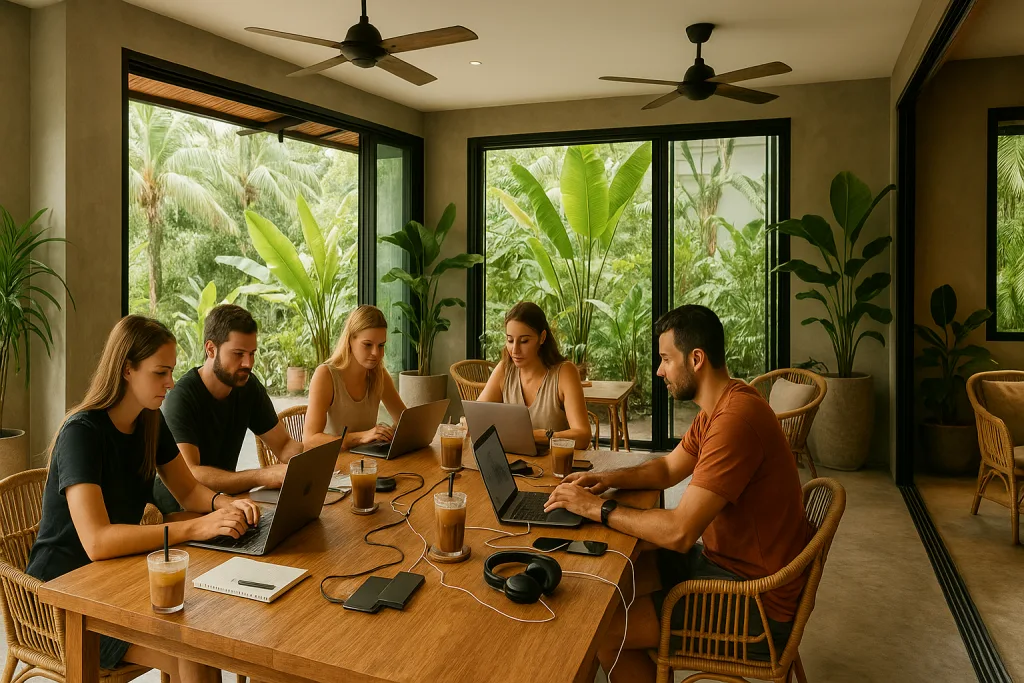
Staying put lets you make actual friends.
You’ll see the same people at coworking cafes, gym classes, and Muay Thai gyms (like these in Phuket).
Apps like Meetup, WorkFrom, and local Facebook groups help — but the real secret is showing up regularly.
Go to the Tuesday language exchange.
Be a regular at one café.
Join a trivia team.
That’s how you turn a location into a lifestyle.
Is It Identity Crisis or Just Growth?
This one hits deep.
If you’ve built your identity around being the digital nomad — what happens when you slow down?
You might feel like you’re quitting.
Like you’re not “cool” anymore.
But redefining your remote lifestyle doesn’t mean letting it go.
It means you’re growing beyond the Instagram version of it.
You’re learning that real freedom sometimes looks like paying rent.
Or buying a plant.
Or staying long enough in one place that the café barista knows your name.
Navigating the Boring Bits (Without Losing Your Mind)
Let’s talk logistics.
Staying put doesn’t erase your need for remote-friendly infrastructure.
You’ll still want:
- Reliable internet (test speeds, especially during rainy season — here’s how I survived mine)
- A local SIM card and VPN
- Health cover — tools like SafetyWing work well when abroad long-term
- A local bank account or Revolut/Wise setup
- Visa extension info (Thailand’s new DTV visa is worth looking into)
It’s not glamorous.
But it’s how you stay sane.
When Staying Put Starts to Feel… Boring
Nobody tells you that boredom hits hard when you stop moving.
After chasing dopamine across continents, a quiet Tuesday can feel weird.
But here’s what I’ve learnt: boredom’s not the enemy.
It’s the start of routine, rhythm, and depth.
Instead of bouncing from cafe to coworking spot, you’ll find your spot.
In Rawai, mine’s a sun-drenched corner in Wilson’s Cafe — same table, same coconut latte.
That simple repeat? A quiet anchor in the chaos of freelance life.
It’s the thing that makes staying put feel less like a pause and more like a chapter.
Find a Rhythm That Doesn’t Feel Like a Trap
The freedom of the digital nomad lifestyle sometimes backfires.
Too much choice, no direction.
So make a schedule that serves you, not enslaves you.
For me, mornings are sacred — journal, walk Nai Harn Beach, reply to Slack.
Afternoons = focused work.
Evenings = local food runs and language exchange meetups.
Still spontaneous.
Just with better energy.
Remote tools like Notion, Trello, and Google Calendar make it easy to build structure without feeling stuck.
And if you’re staying in Phuket, check out these cafés with solid Wi-Fi and vibes.
Make Local Life the Goal, Not the Backdrop
Staying put gives you time to sink into the culture — not just skim it.
Get a gym membership, not just a drop-in.
Learn to say more than “hello” and “thank you” in Thai.
Do your laundry at the local place where the grandma smiles when she sees you.
These aren’t “travel hacks”.
They’re lifestyle upgrades.
One of my favourite things about living in Phuket long-term is how ordinary it feels.
I know where to get the best Pad Kra Pao, I complain about traffic, I’ve got a go-to Muay Thai gym (check out this list).
That’s the joy of staying still — you belong.
How to Deal with Visa Stuff Without Going Insane
If you’re thinking of slowing down somewhere like Thailand, the Destination Thailand Visa (DTV) makes things easier.
You can read more about how it actually works here.
The truth is, most popular nomad spots — from Portugal to Indonesia — now offer long-stay visas or digital nomad programmes.
But even if you’re on a tourist visa, extensions are often possible.
Just keep a digital copy of your docs handy (Dropbox or Drive).
Use VisaGuide, iVisa, or embassy sites for updates.
And don’t leave it till the last day — looking at you, border runners.
Health, Insurance, and Staying Sane
Nobody talks about this enough, but staying put is when your health stuff catches up with you.
If you’re hopping places, it’s easy to ignore body aches, burnout, or mental health red flags.
But when you’ve got roots, you’ve got no excuses.
Luckily, Phuket has great clinics and hospitals (see this guide).
For insurance, SafetyWing or IMG Global work for most.
And if you need therapy?
BetterHelp, Talkspace, or even local counsellors can be game-changers.
You’re not weak for needing support.
You’re smart for sorting it now, not when things get messy.
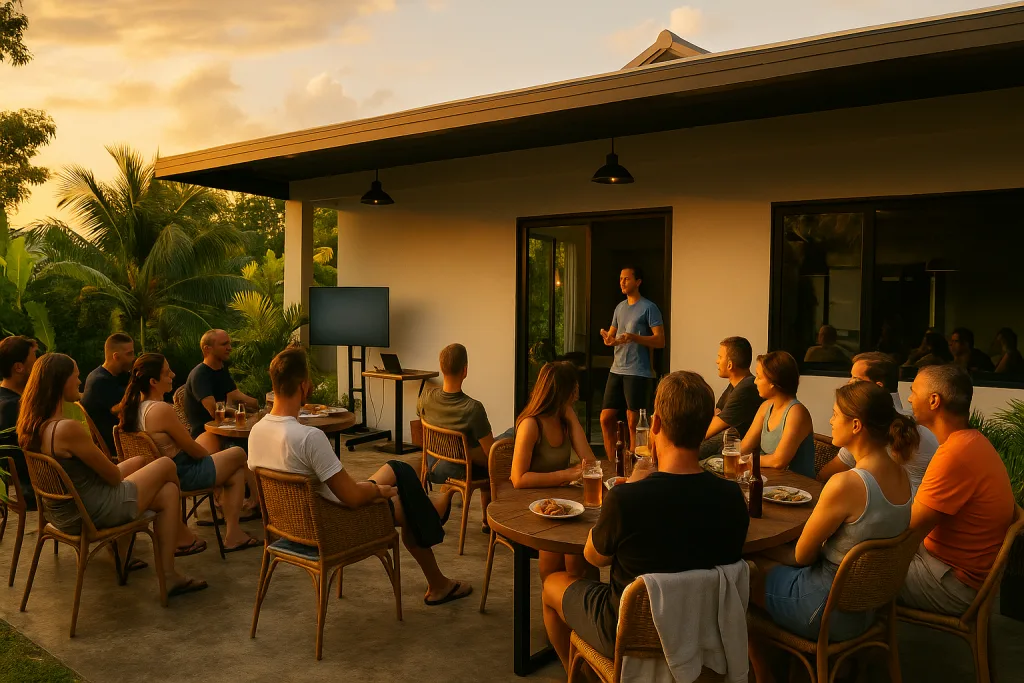
Stay Social Without Feeling Like You’re “Networking”
Big fear: what if I stay put and get lonely?
Valid.
But avoid falling into expat bubble trap #1 — only hanging out with other digital nomads.
Sure, you’ll meet some legends in co-working spaces or Facebook groups.
But push further.
Join a Muay Thai class.
Say yes to a random art night.
Volunteer at a local animal shelter.
Go to that poetry night even if you think it’ll be cringe.
In Rawai, I ended up joining a beach clean-up, then a BBQ, and now I’ve got a WhatsApp group that roasts my spelling and reminds me to drink water.
Find your crew.
Your Nomad Life, But Rooted
You can still work remote.
Still travel.
Still be spontaneous.
But now, you’ve got a home base.
You’ve got people.
You’ve got a favourite noodle stall.
And your laundry no longer lives in a packing cube.
Maybe it’s Phuket.
Maybe it’s Bali.
Maybe it’s Lisbon.
Wherever it is, The Digital Nomad’s Guide to Staying Put proves you’re still free — just with a slightly more comfortable chair.
The Myth of “Missing Out”
It’s easy to think: if I stay here, I’m missing something over there.
But the constant hunt for “what’s next” can make you numb to “what’s now”.
The Digital Nomad’s Guide to Staying Put is a reminder that you’re not falling behind by standing still.
You’re just choosing a deeper version of freedom.

